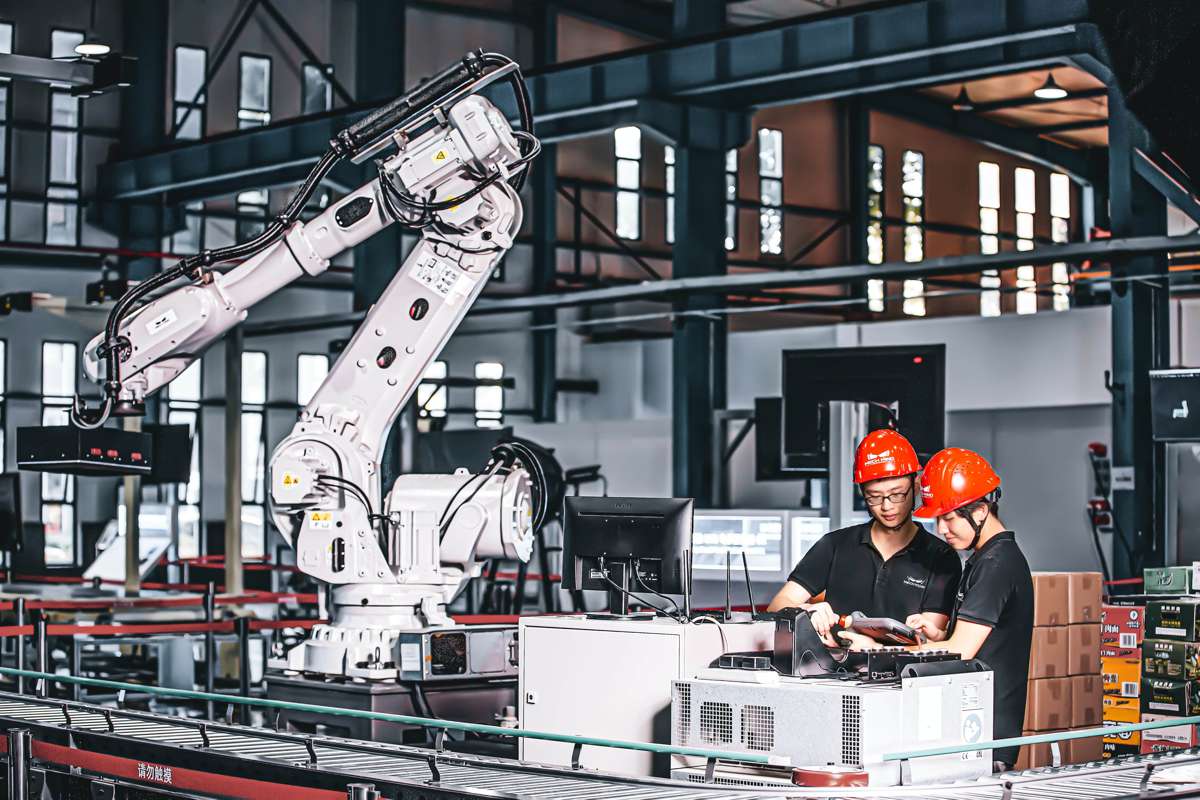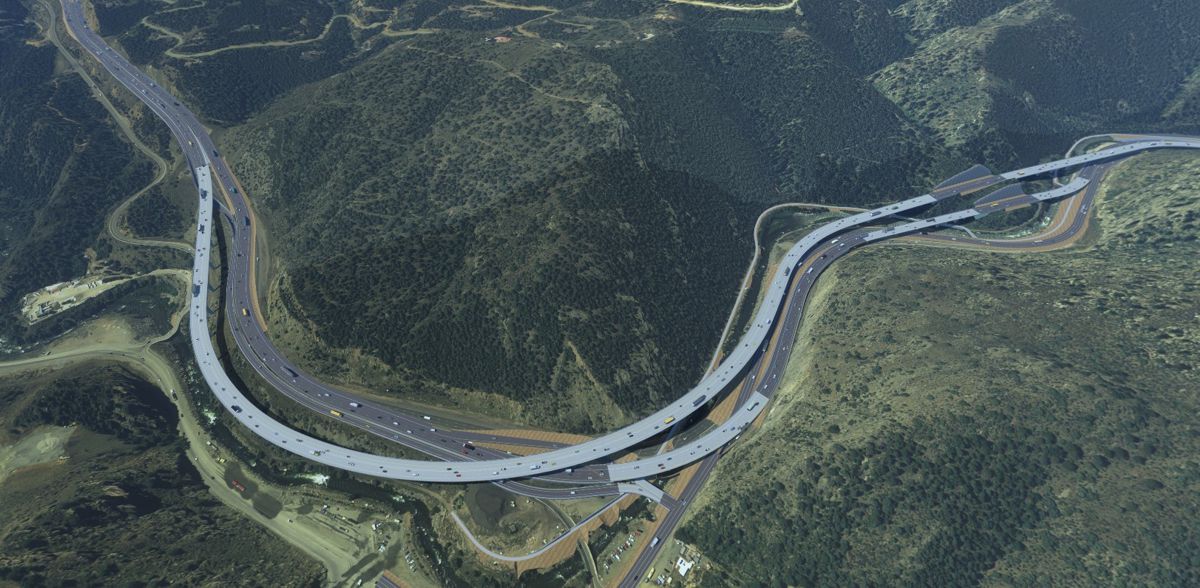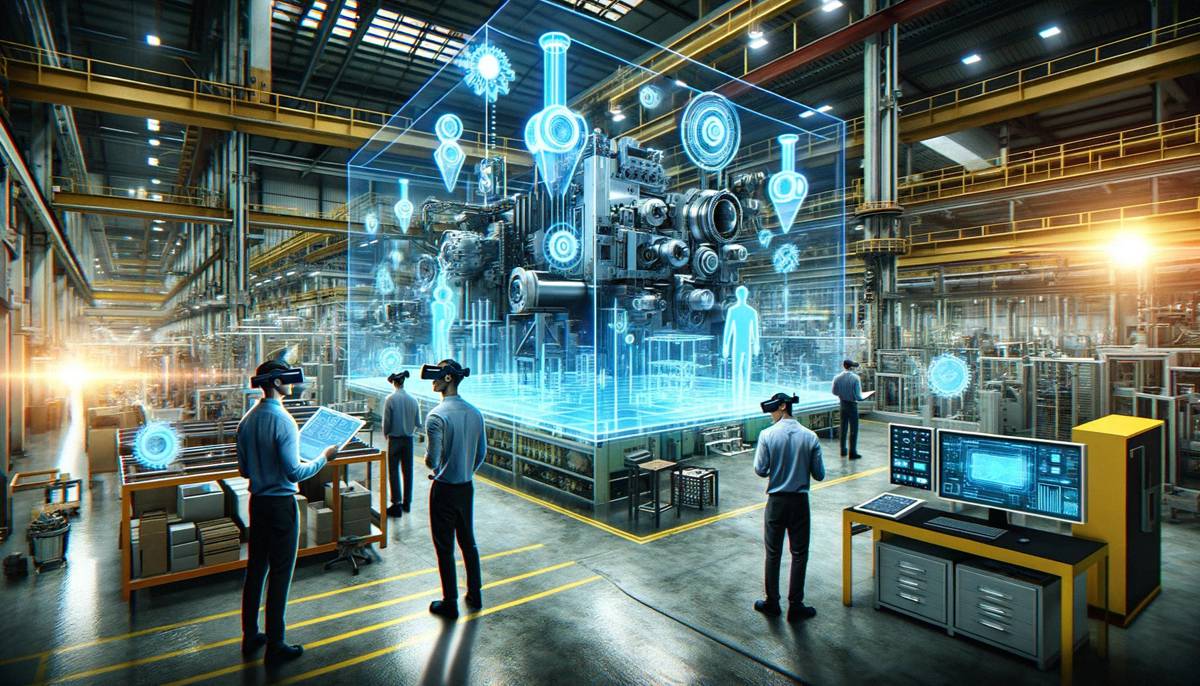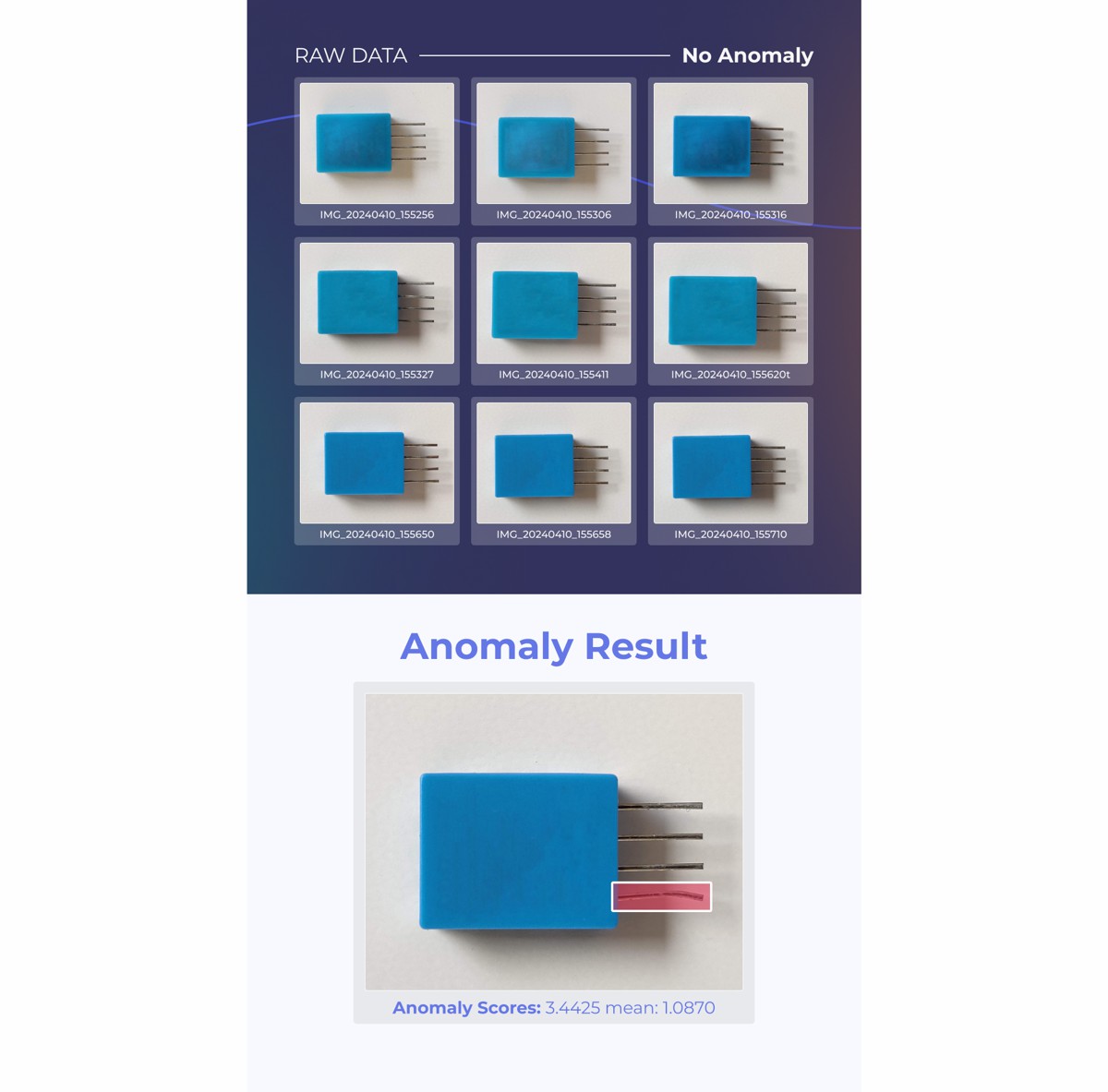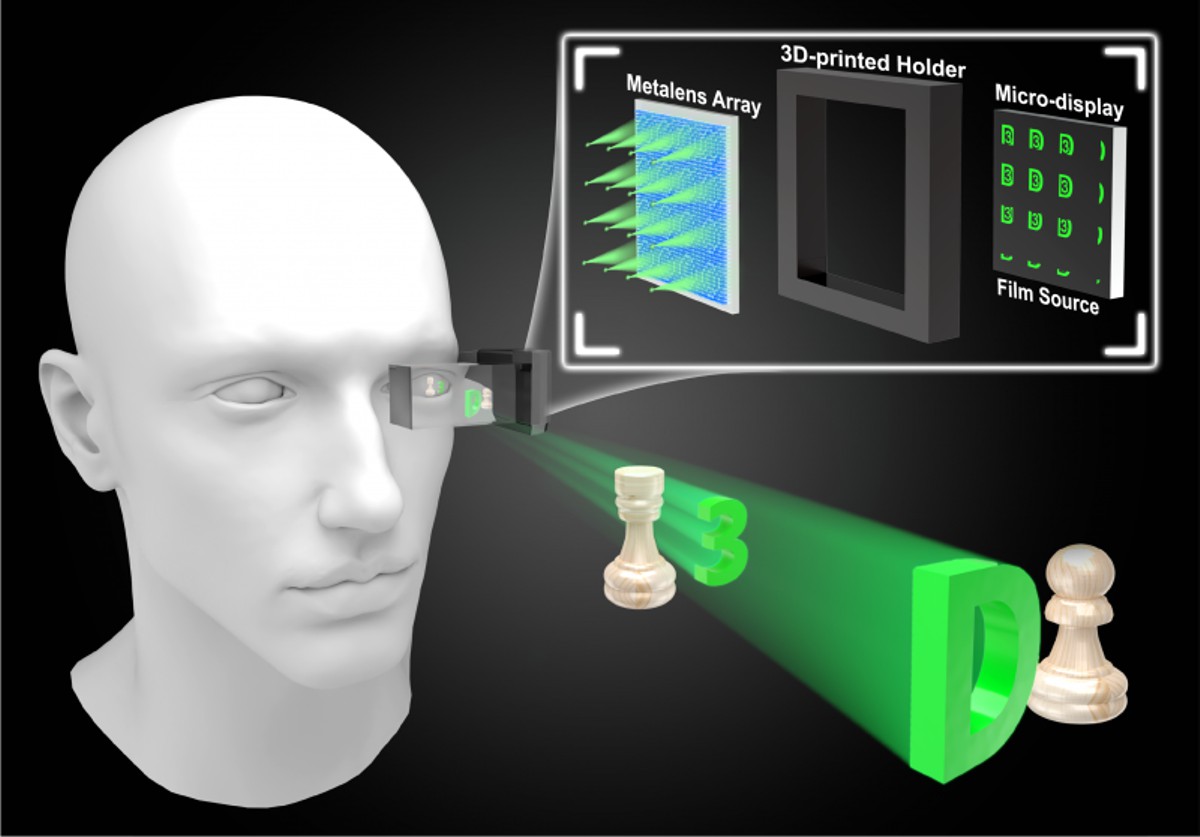Augmented Reality in Manufacturing
In this article Wendy Mlynarek, Strategic Business Development Director at DELMIA takes a closer look at the many applications of augmented reality in the manufacturing sector, whilst also exploring some of the basics for the sector.
Definition of Augmented Reality for Manufacturing Accuracy
You’ve probably heard the term augmented reality, and while we understand what it means from an entertainment perspective, what is its role in a manufacturing work environment?
Often assimilated as a strange term in science fiction movies, augmented reality is now closer to everyday life and gradually evolving into the industrial world.
Augmented reality (AR) technology integrates virtual elements in 3D (in real-time) within a real environment. The principle is to combine the virtual and the real worlds digitally to provide perfect integration.
What is the difference between augmented reality and virtual reality?
Before continuing, it is important to understand the difference between all the different existing technologies: mixed reality, virtual or augmented reality, so many terms for which we will provide some explanations.
What is Augmented Reality?
While we have already covered this concept previously, it’s important to keep it in mind as we highlight the difference with the term virtual reality (or VR).
Here we don’t just superimpose virtual information on an image but integrate synthetic information in the real environment (we consider that an element can hide certain information, etc.).
What is Virtual Reality?
Conversely, virtual reality (VR) immerses a user in reality entirely generated and assisted by a computer. Immersion is typically enabled by hardware devices such as VR goggles, virtual reality headsets, or walled rooms with video screens to fill the user’s entire field of view. VR brings an immersion in a 100% synthetic/digital environment.
Augmented Virtual Reality or Augmented Virtuality
What’s behind this new term? It is nothing more or less than another way of characterizing virtual data. Here, digital data is not displayed in a real environment but the opposite.
One or more pieces of information from the real world is imported and displayed in a digital environment. For example, when a user equipped with a virtual reality helmet sees his own hands appear while immersed in a digital world and interacts with it.
What about mixed reality?
Mixed reality is a fusion between real and virtual worlds where digital and physical objects (e.g. mixed reality headsets) cohabit to create new environments.
Mixed reality is differentiated by a very specific interaction of digital content with physical space. Nevertheless, it remains a dimension that covers all forms of augmented reality, that is, all degrees of fusion between the real and virtual worlds.
To summarize, augmented reality brings digital content directly into the real world, virtual reality displays physical information in a digital environment, and mixed reality is similar to augmented reality.
How does Augmented Reality work?
Augmented reality adds virtual information (texts, animations, images, 3D models, etc.) into the real environment. To do this, augmented reality inlays this information into the user’s environment in different ways:
- Insertion of these elements into a video stream viewed on a screen or tablet. The latter then becomes a window into the world with virtual information embedded.
- Displays on lenses in the user’s vision (Hololens example).
- Use of a projector to display information directly on the object.
However, this information must be embedded in the right place and it’s necessary to know the location where it resides. For this purpose, we use one or more sensors to ensure the data location such as:
- Colour camera
- Depth sensor
- Inertial unit
- GPS
- Etc.
Augmented reality solutions are therefore distinguished by means of restitution, the means of capture, and the way they use the latter to localize themselves.
The solution’s first category aims to locate itself in relation to the global environment. For example, using cell phone sensors (GPS, inertial navigation system, cameras, etc.) allows one to locate oneself outdoors (PokemonGo, GoogleMaps or LiveView). It displays information that remains stable in relation to the world. In the same way, other solutions allow us to locate ourselves indoors and to place elements that will remain anchored and stable in our environment.
What are the advantages of augmented reality in the industry?
Within the future industry, augmented reality reshapes many aspects, such as the increased competence of operators and their way of interacting with a real working environment by importing digital data.
Thus, augmented reality guides operators step by step with information in various forms:
- Digital and contextualized instruction sheets
- Images/videos
- 3D renderings
This replaces the time-consuming, manual processes of the past and makes task execution much faster and simpler. In addition, AR brings multiple gains in the industrial environment, whether remote visualization, better information transmission, or field data feedback to the digital twin.
- The response to the main industrial challenges.
- Considerable ROI potential.
- Become more efficient with augmented reality.
- Augmented reality helps you gain in quality.
- Get better traceability.
Using new technologies such as AR can support the operators in their operational tasks to improve the company’s performance and build the operator of tomorrow.
The choice to deploy an augmented reality solution is to bring the right information at the right time and place and contribute to:
- Increasing the skills of operators.
- Reduce the risk of errors or non-conformities.
- Get it first time right.
- Automate and make the creation of AR content as efficient as possible.
- Contribute to making the use of software and/or equipment that use AR intuitive and accessible.
- Guiding and accompanying operators.
- Improve understanding of the operations performed.
- Obtain information that can be imported into the real world while feeding the digital twin with the field data collected.
- Collect a considerable amount of data to feed the virtual twin.
The data collected with augmented reality can be used to promote the digital transformation of information, optimize industrial processes and contribute to better traceability.
The right hardware to use augmented reality in your industry
- AR applications can be used via various hardware devices.
- Multimedia system like smartphones or tablets.
- Fixed or mobile AR workstation with industrial type cameras.
- Projection system.
- Augmented reality headsets / augmented reality glasses (RealWear and HoloLens).
These connected tools and augmented reality allow digital work instructions to be easily displayed and visualized regardless of the company’s environment.
Augmented reality in industry: how to choose the right use case?
To choose the right use case, focus your efforts and research on operations that generate costly defects (non-conformances), long or unscheduled downtime, plant safety problems or high customer dissatisfaction.
Before you get started, you should also ask yourself the right questions:
- Which teams to include in the project?
- Which operations are the source of the most significant number of errors?
- Which ones generate the highest costs?
- Which tasks generate a more or less prolonged stop of production?
- Which ones cause safety problems?
Once these questions are answered, you will be ready to determine the best use case for your plant and launch the project. Then all you have to do is find the solution and above all, the right supplier!
What will be the future of augmented reality in industry?
Today, everything deploys and evolves very quickly, and the same goes for these AR technologies that will continually evolve and improve. So what we can say for the future of these solutions is that the new versions will be based on these different axes:
- The evolution of the ergonomics and performance of certain types of equipment (helmets / smart glasses), which today are not always adapted to industrial environments but are evolving and tending to become more democratic.
- The introduction of multi-modalities, such as voice recognition or gesture control.
- New devices and the multiplication of sensors increase the field of possibilities in terms of algorithms (tracking for example) and optimize the performance of algorithms.
- The improvement of cloud-based tools and the arrival of 5G enable network communication performance compatible with cloud-based execution of AR algorithms.
- Longer system runtimes due to reduced battery consumption.
- A more compact and leaner development.
Article by Wendy Mlynarek has over 25 years of experience in marketing manufacturing solutions globally. She is a Strategic Business Development Director at Dassault Systèmes for the DELMIA brand, supporting Aerospace & Defence and the Virtual Twin Experience Marketing for Manufacturing Operations program.


